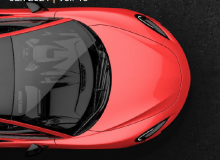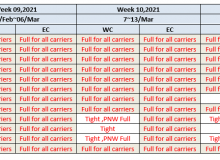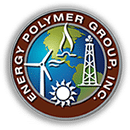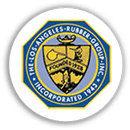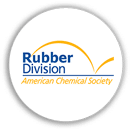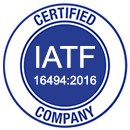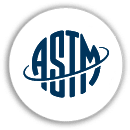Rubber Product Design Guidelines
Introduction
Rubber molding processes, such as extrusions, compression molding, or injection molding, take liquid raw rubber into a mold where the rubber is then cured into the mold shape by heat and pressure. As such, the mold cavity is cut to represent the desired geometry of the molded rubber product. Products such as o-rings, seals, grips, caps, covers, hoses, gaskets, buttons, handles, knobs, rollers, bumpers, hydraulic and pneumatic components are usually all made from rubber molding processes. Most 2-dimensional shapes with specified depths can also be made.
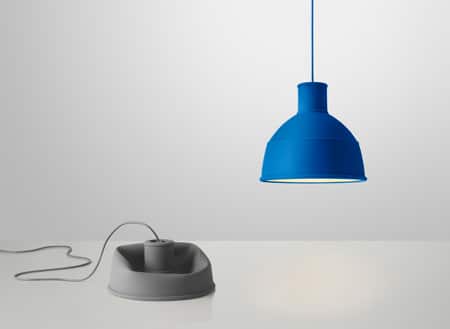
Because rubber can be molded into so many different shapes, it can be easy to forget that the manufacturing process does prescribe some limitations to how the final product will look. Due to rubber’s viscoelastic nature and the established molding techniques, the rubber product should be designed with the manufacturing process in mind.
Manufacturing artifacts such as parting lines, sprue marks, or ejector pin marks may appear on the surface of the finished product depending on the molding process. The part geometry may also affect the product quality. Please read on to learn more about design engineer guidelines for molded rubber products.
Product Design Guidelines
1. General Geometry Guidelines
The simpler the geometry of the product, the more cost effective and tolerance friendly it is to produce.
- If possible, always aim to keep the part symmetrical.
- Avoid designing overhangs.
- Avoid designing deep undercuts.
- Avoid very sharp corner requirements.
- Critical features should not be spread across separate molds.
2. Surface Finish Considerations
Consider the appearance requirements of your product, and consult with your rubber molding manufacturer to make sure certain manufacturing marks will not appear on surfaces where they would be undesired.
Draft Lines
Where the mold plates come together, there will be parting lines on the product.
Sprue Marks
Where the injector sprue meets the mold cavity, there will be sprue marks on the product.
Ejector Pin Marks
Where the ejector pins will make contact with the rubber to eject the part from the mold cavity, there will be ejector pin marks.
3. Draft Angles
In order to facilitate release of the rubber product from the mold, draft angles may be required depending on the product’s material hardness. Very soft rubbers may have difficulty releasing from the mold without damage.
4. Wall Thickness
Try to keep wall thickness uniform to prevent uneven cooling during the molding process. Uneven cooling rates may cause some areas of the product to shrink or dip.
Summary
In general, the simpler the geometry and more symmetrical the part, the easier it will be to produce. Manufacturing marks may appear on some surfaces, so if surface finish is a concern, the requirements should be stated on the print. Some draft angles may be added in order to release the part from the mold if the rubber material chosen is too soft. Wall thickness should be kept uniform to avoid shrinking and dipping.
Keep in mind that complex geometries may require additional post-molding processing, such as trimming, hollowing, deburring, and other finishing processes. These processes may increase the part cost, and due to the variability of the process may lead to greater part rejections. As such, designing a simpler part should always be the end goal in your rubber molded product for maximum cost savings, quality, and reproducibility.
Learn About Thermoplastic Molded Product Design Here.
Have a question? Please fill out the form below to receive information regarding your inquiry. You may also give us a call at (626) 965-9966.
Error: Contact form not found.


